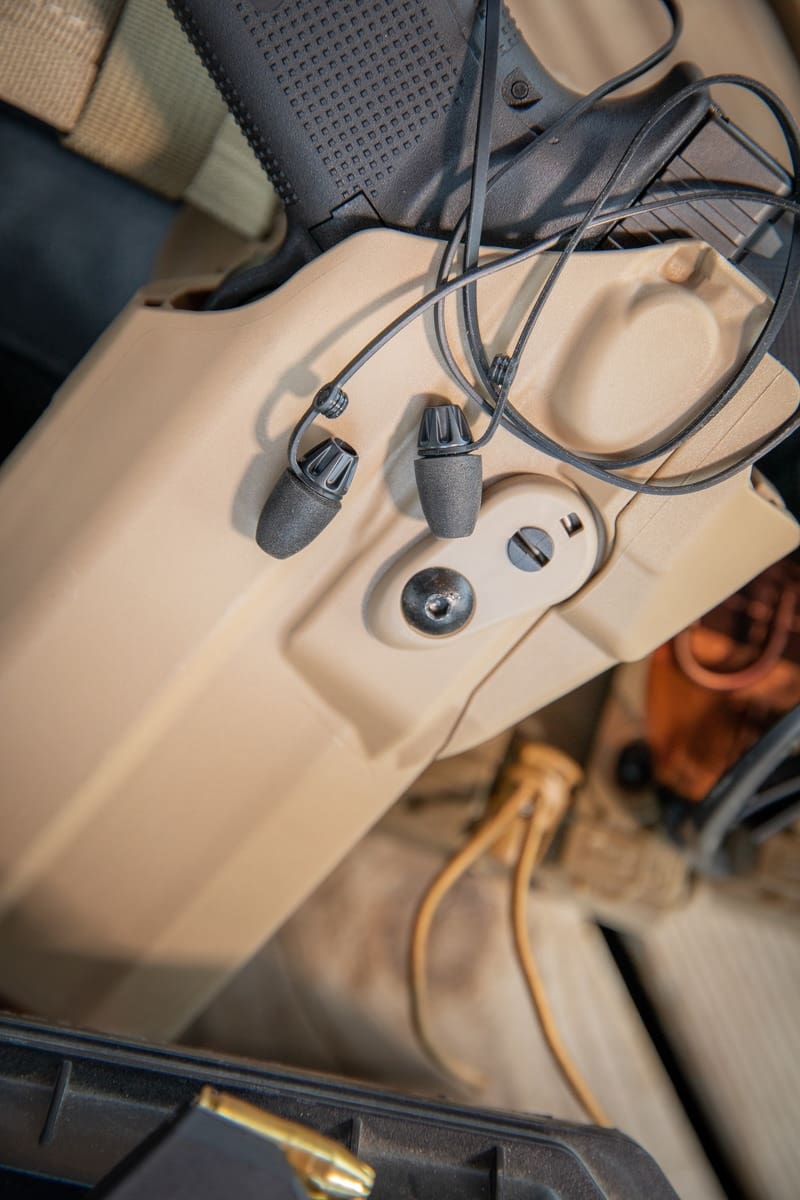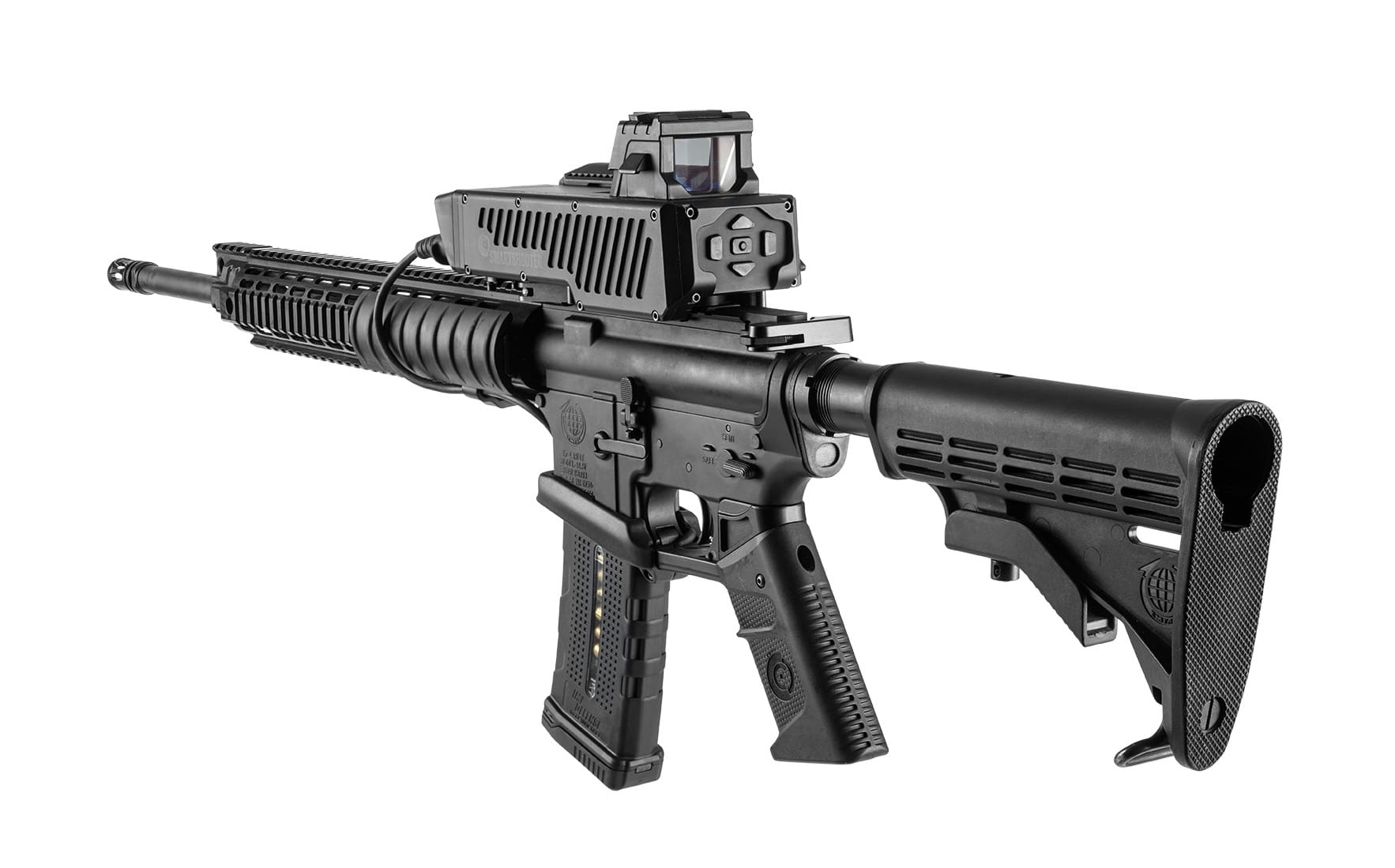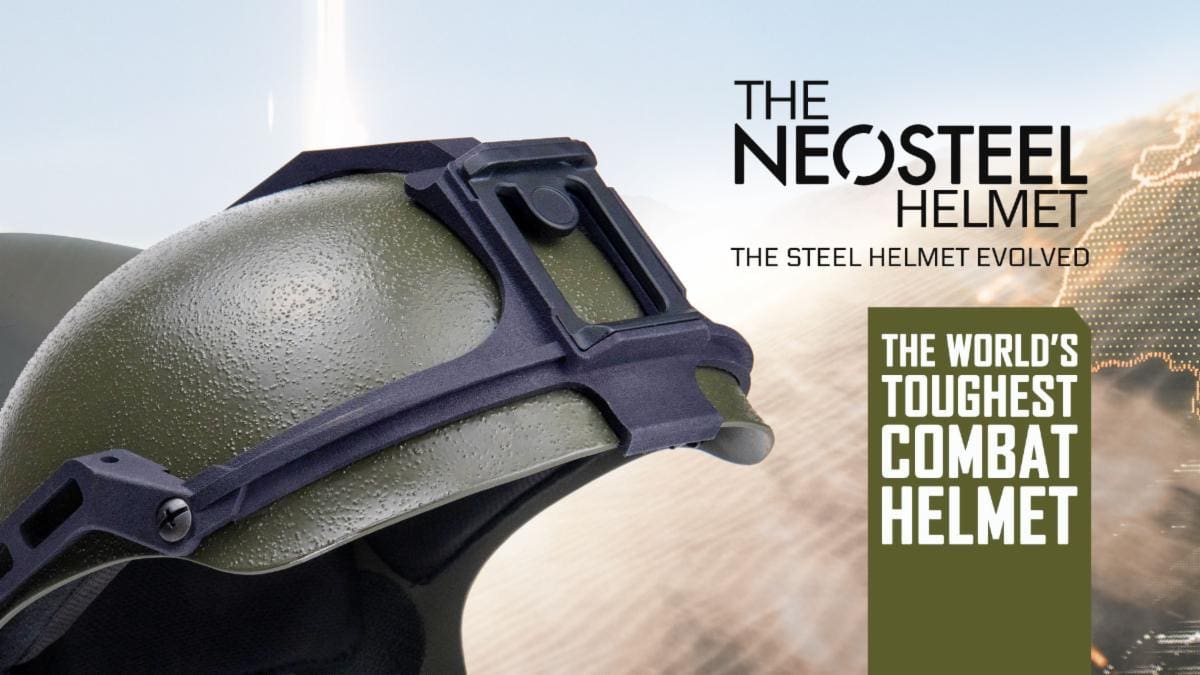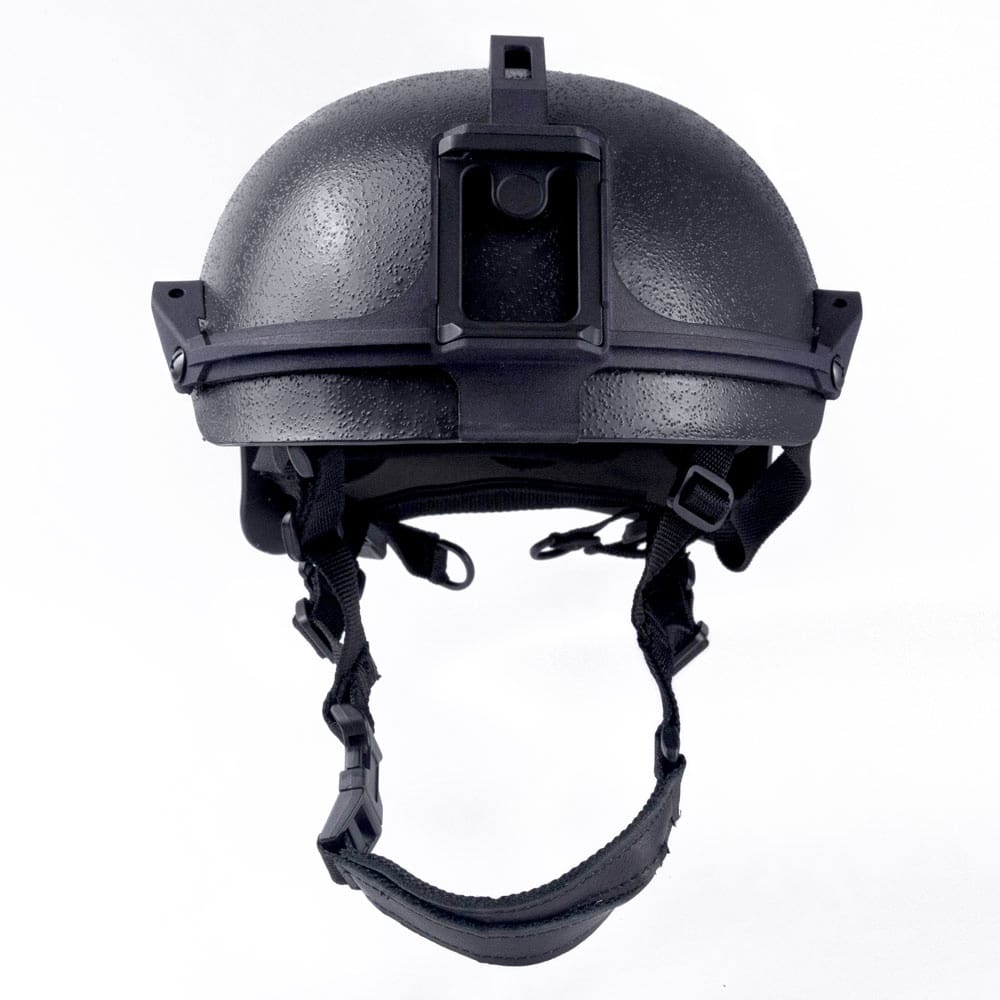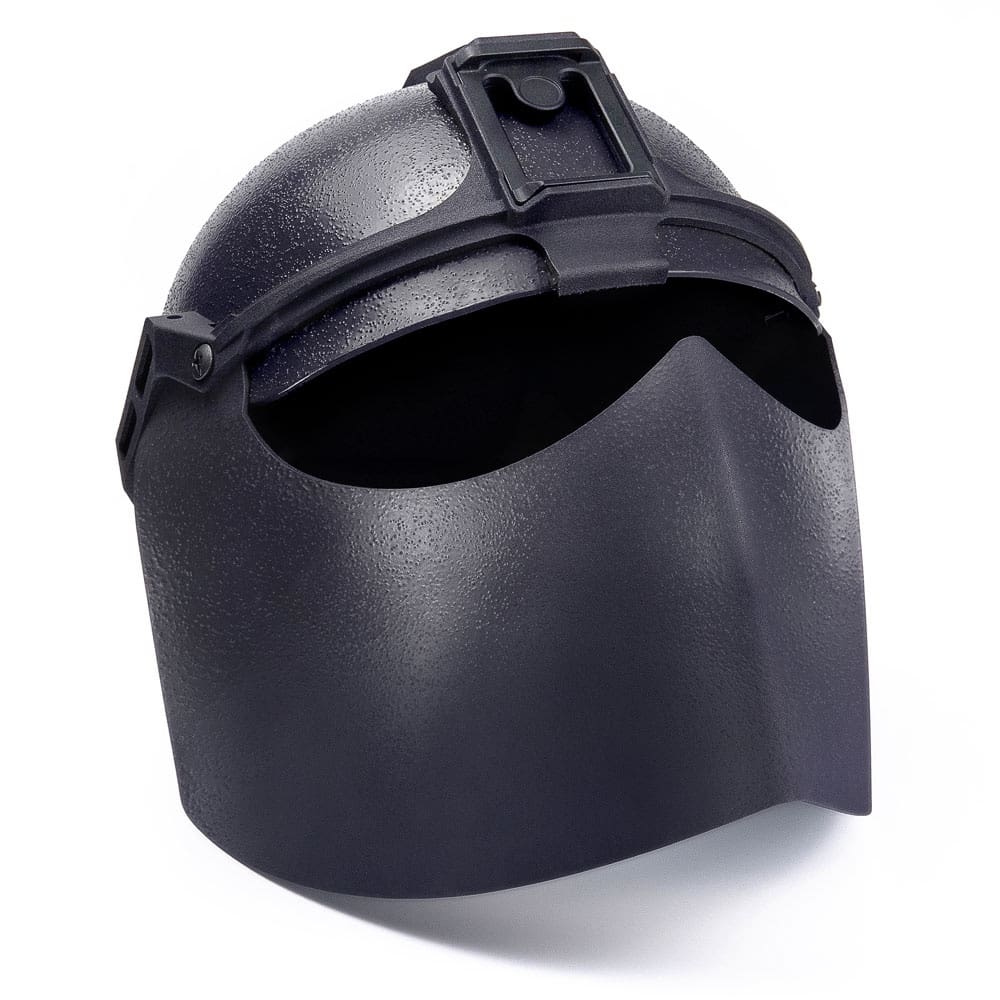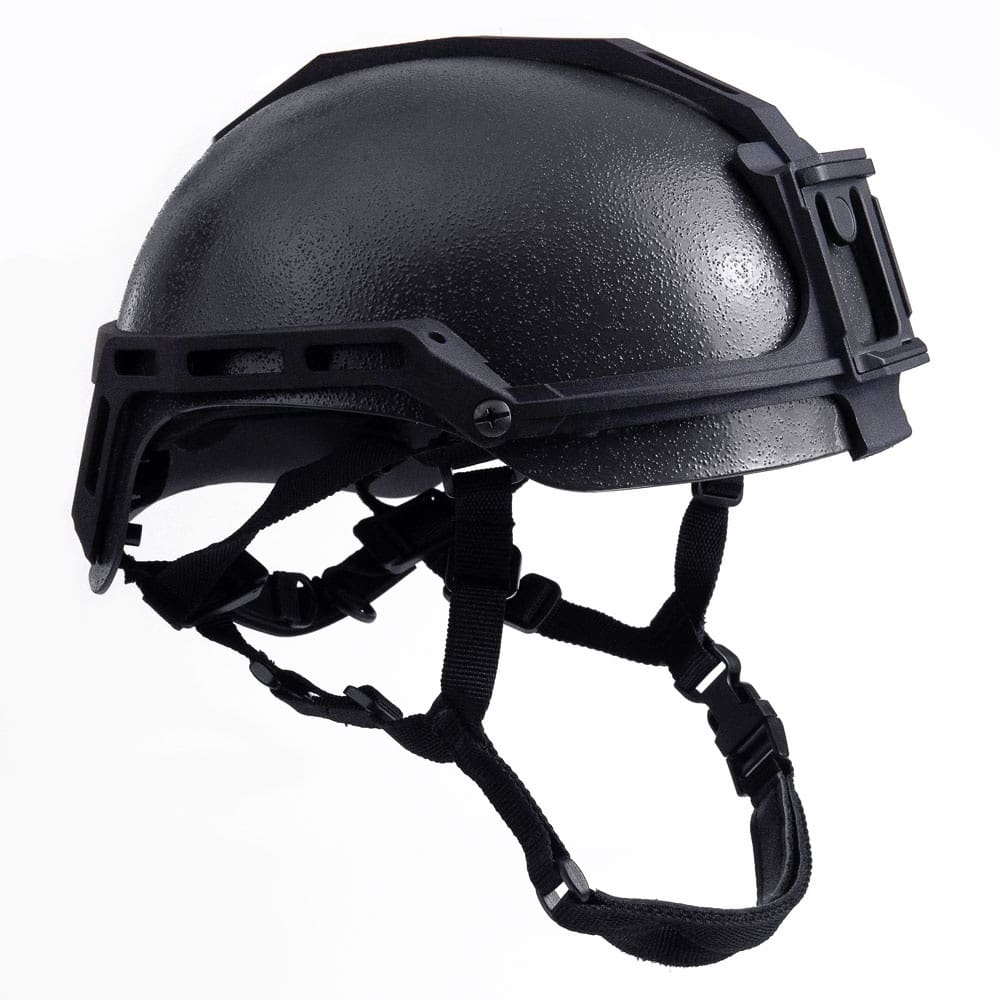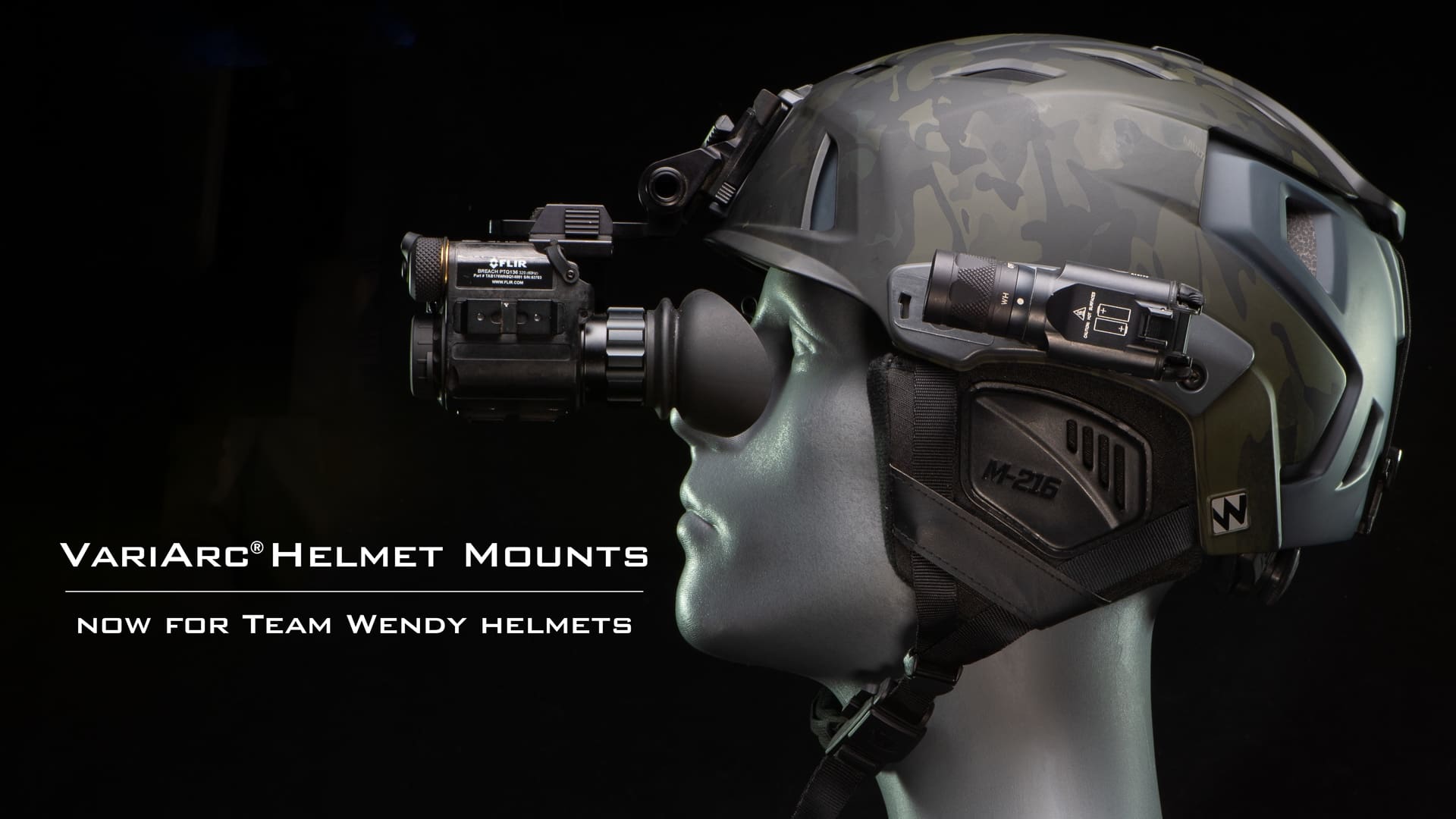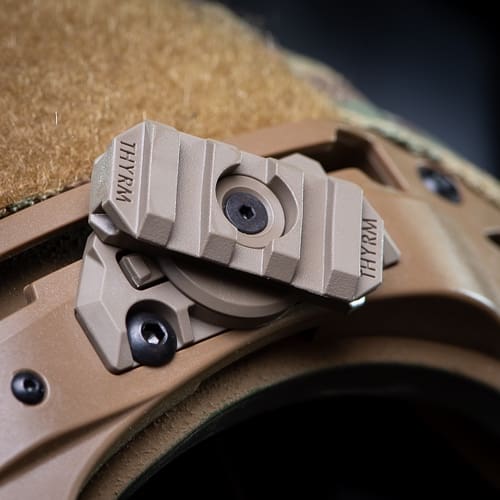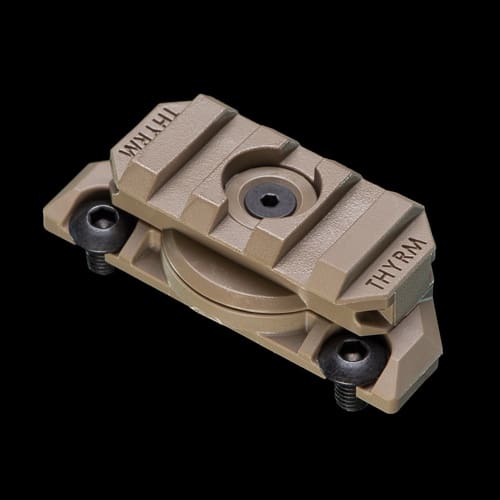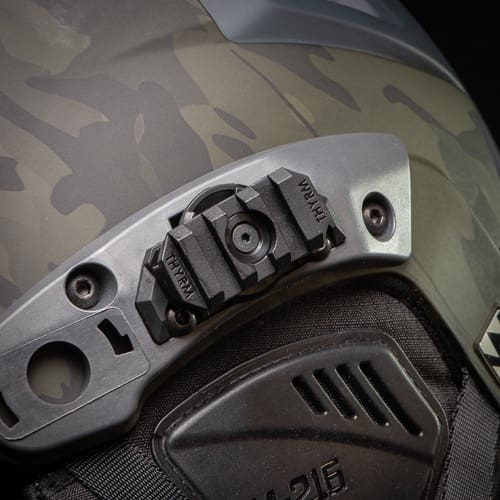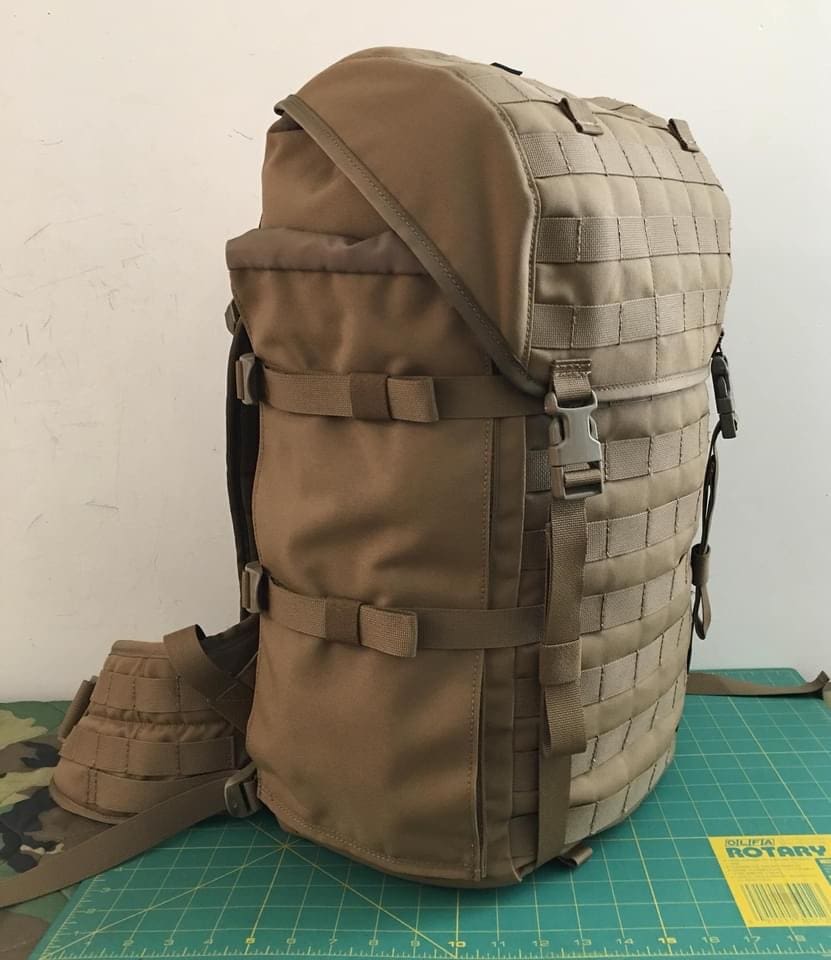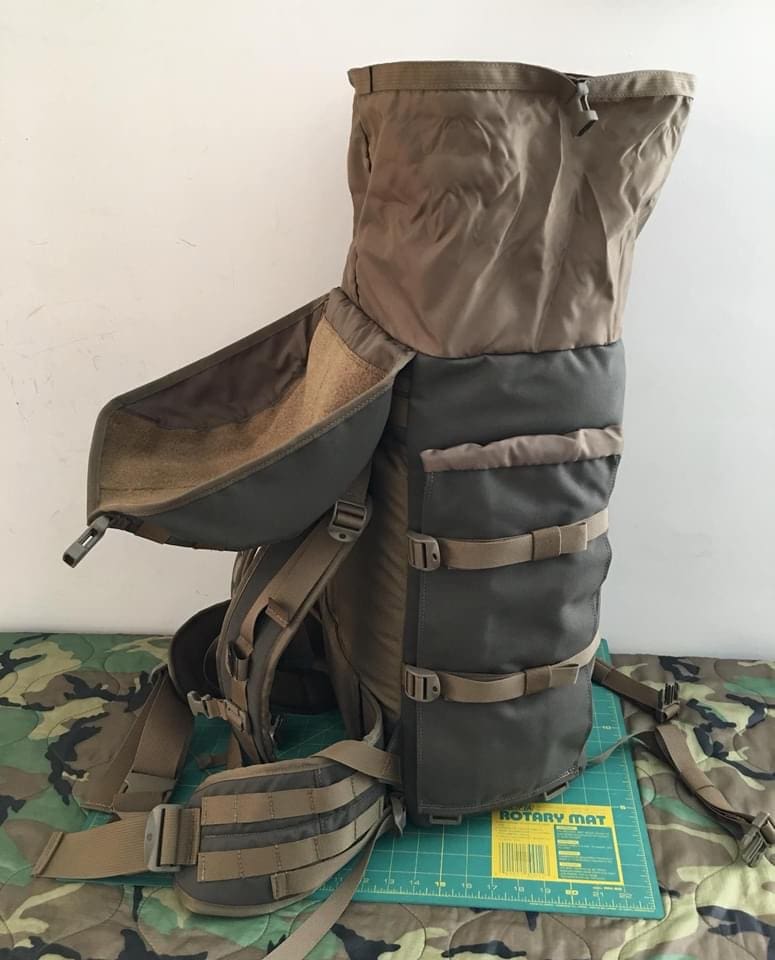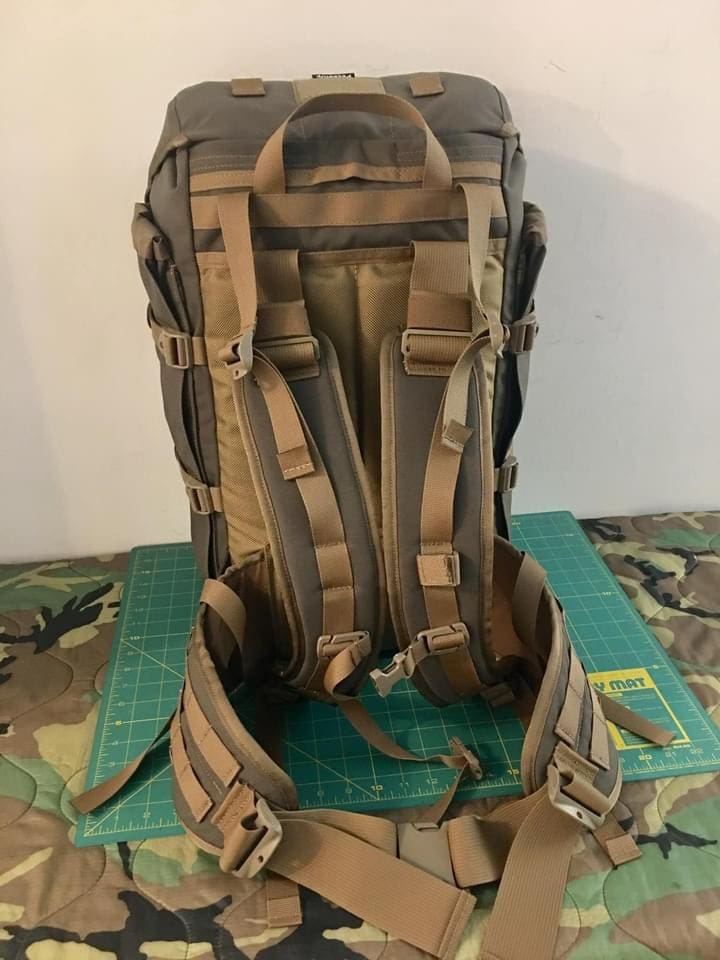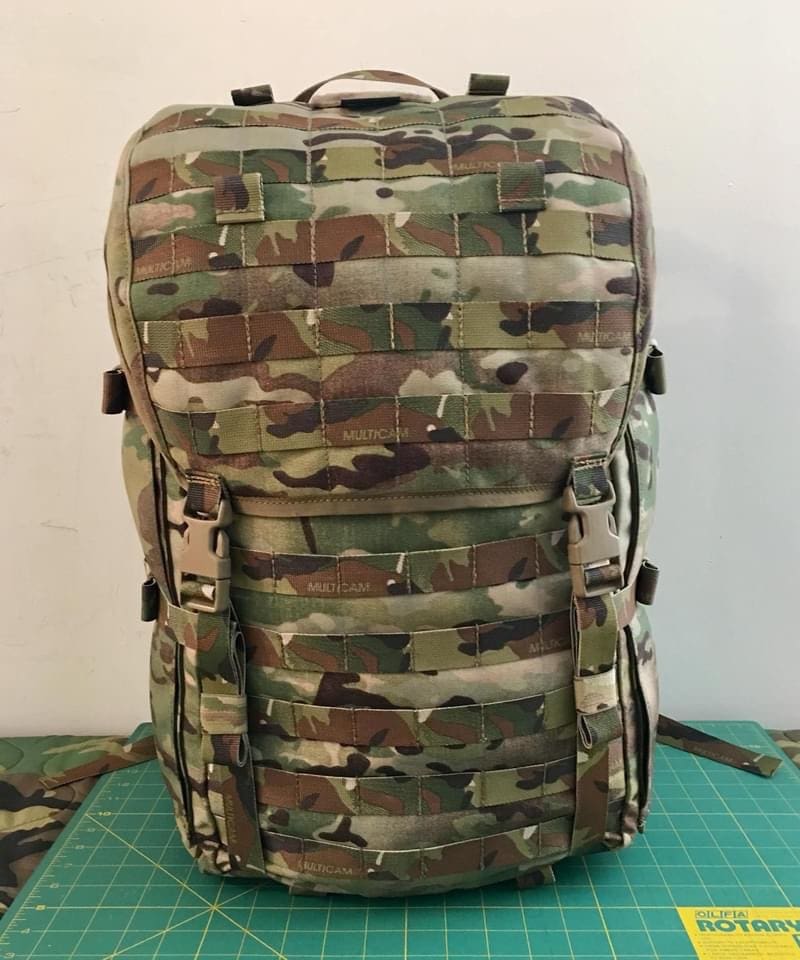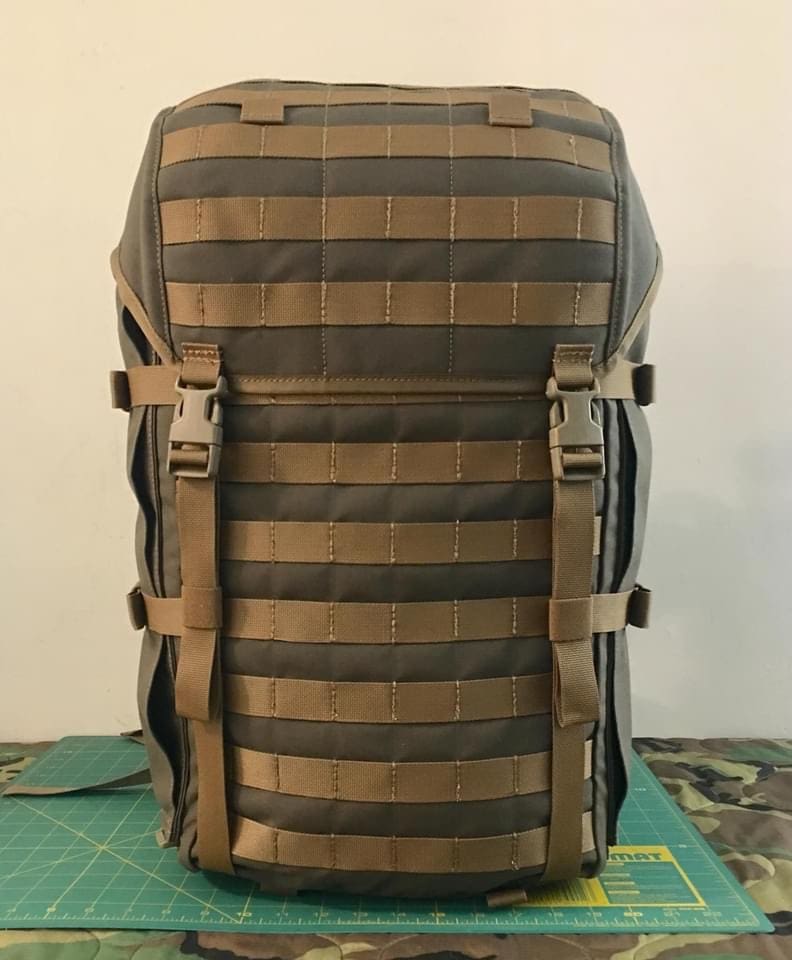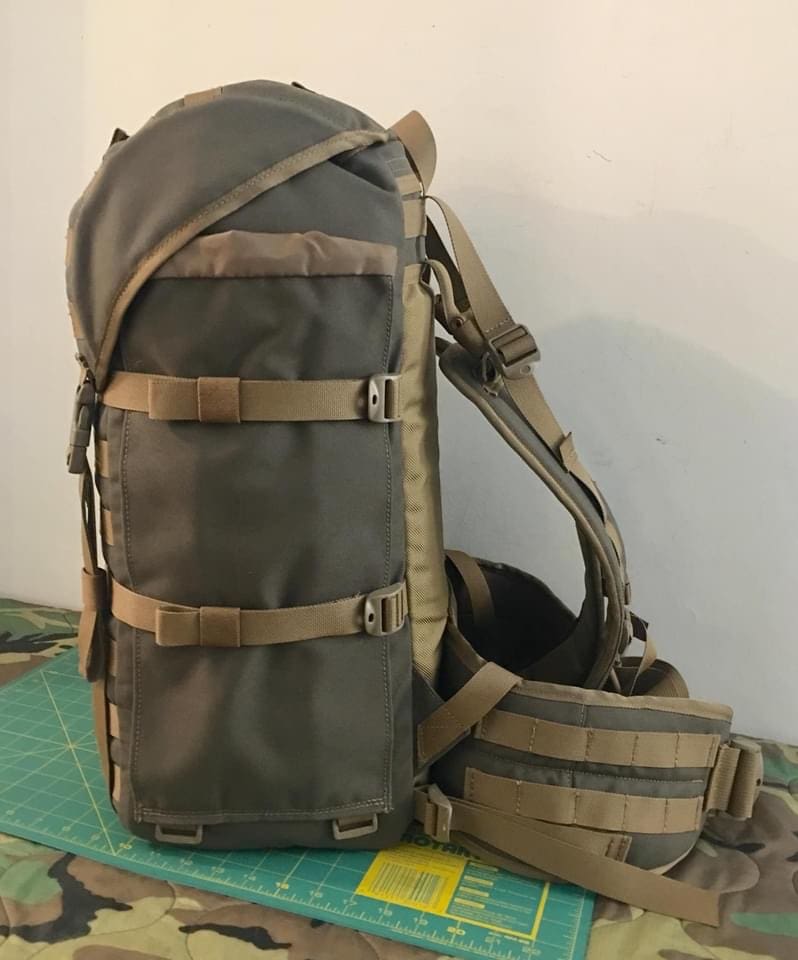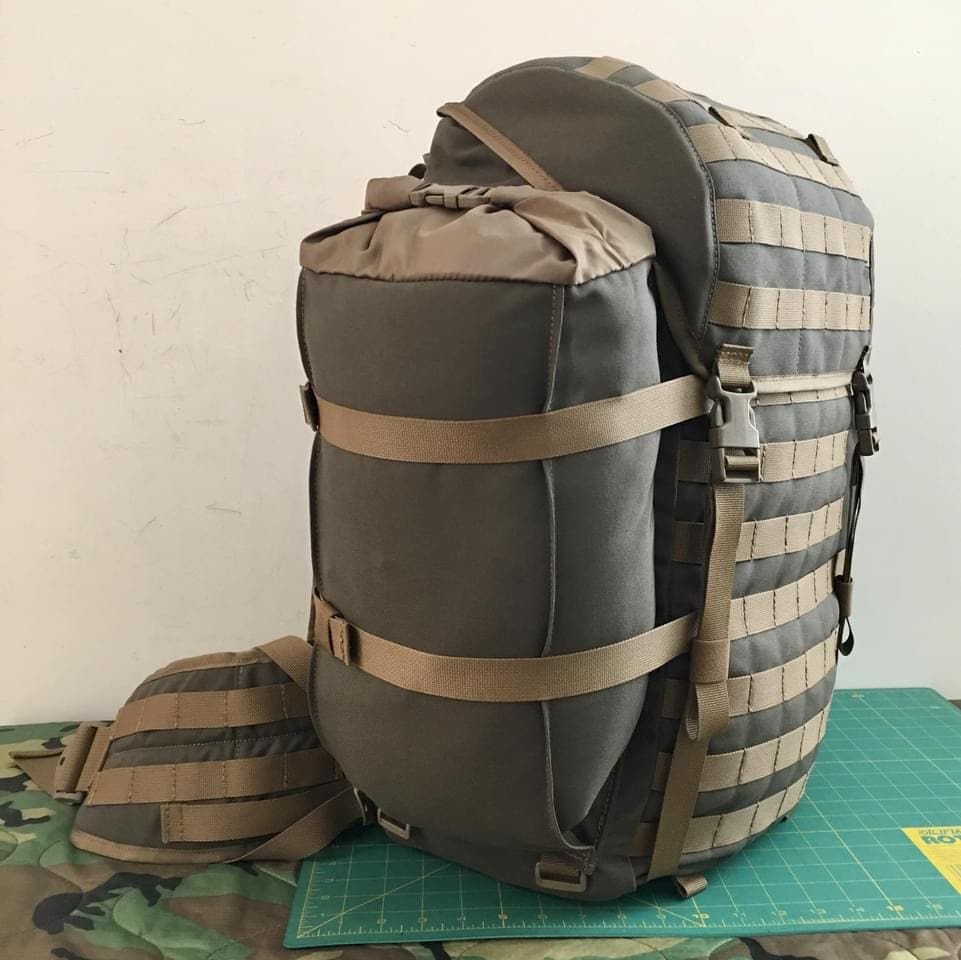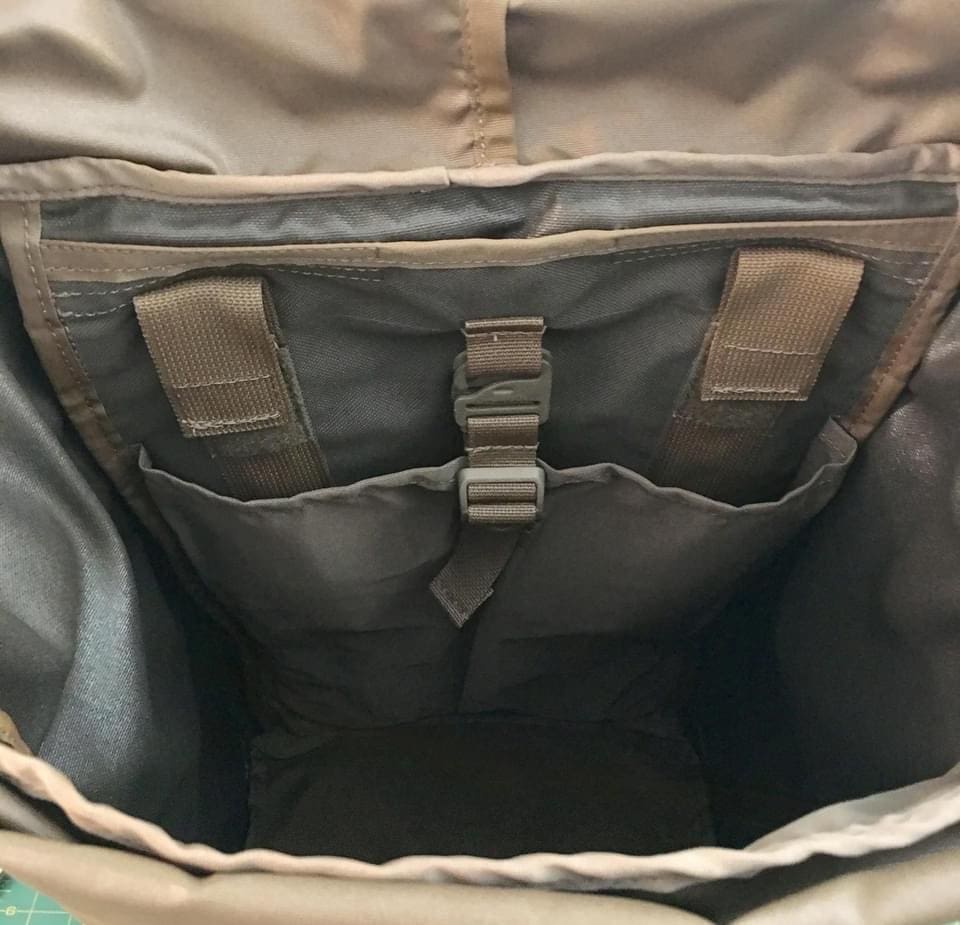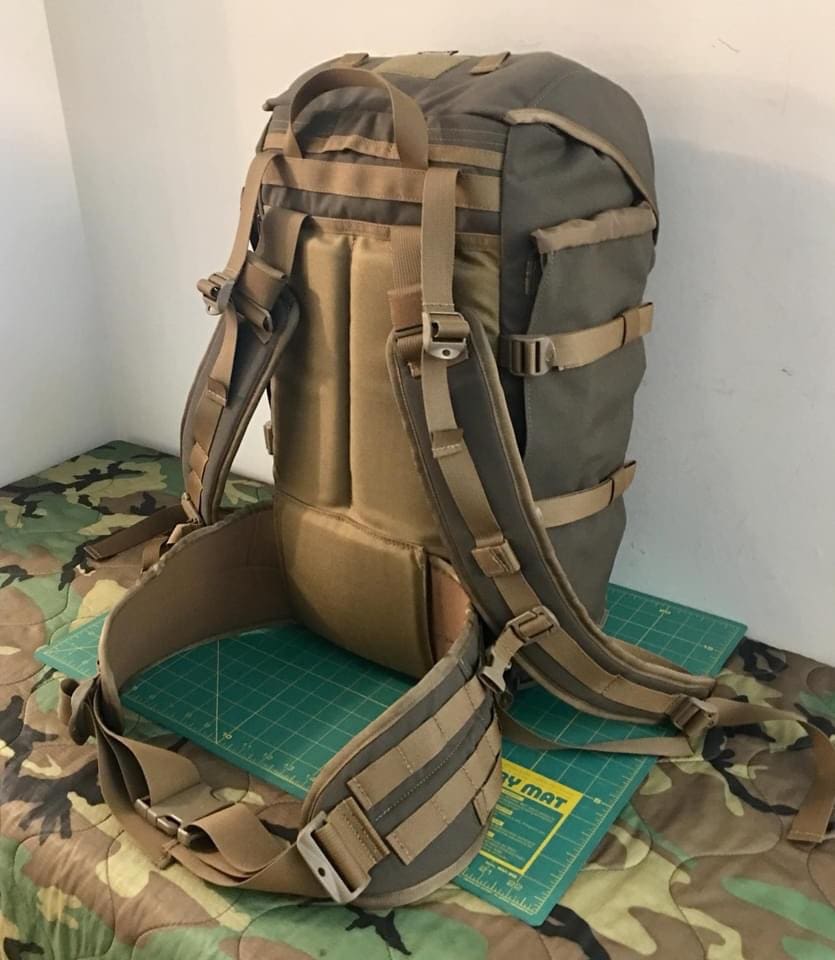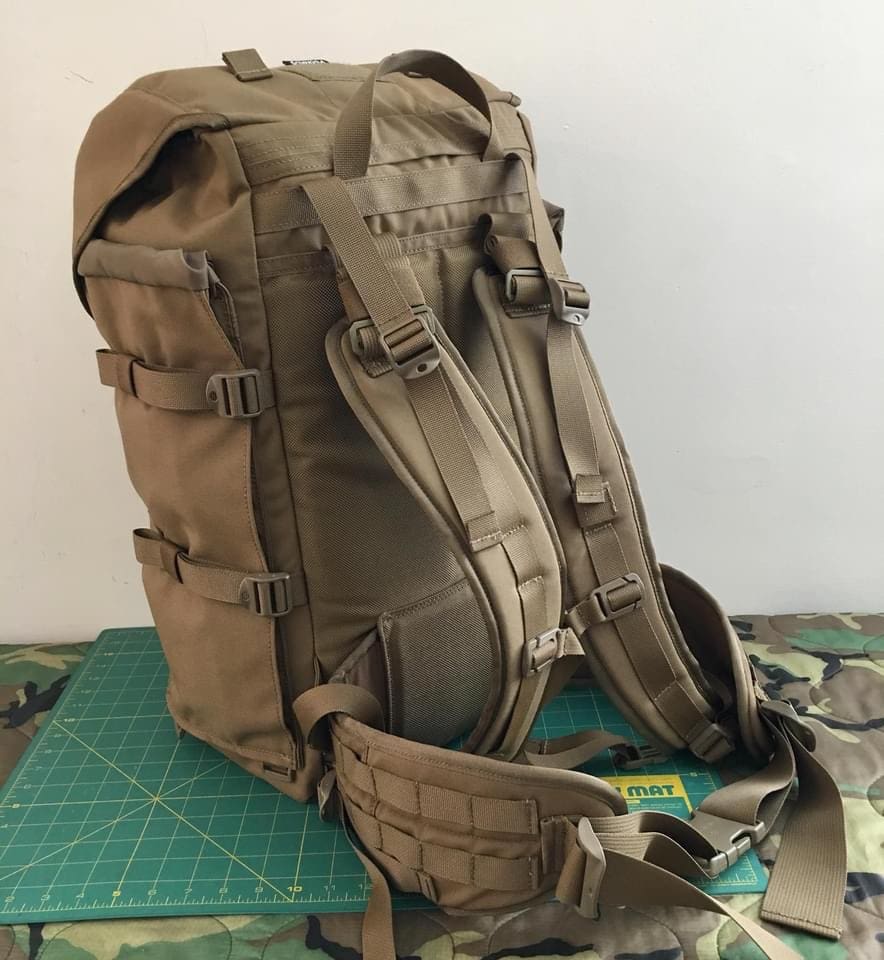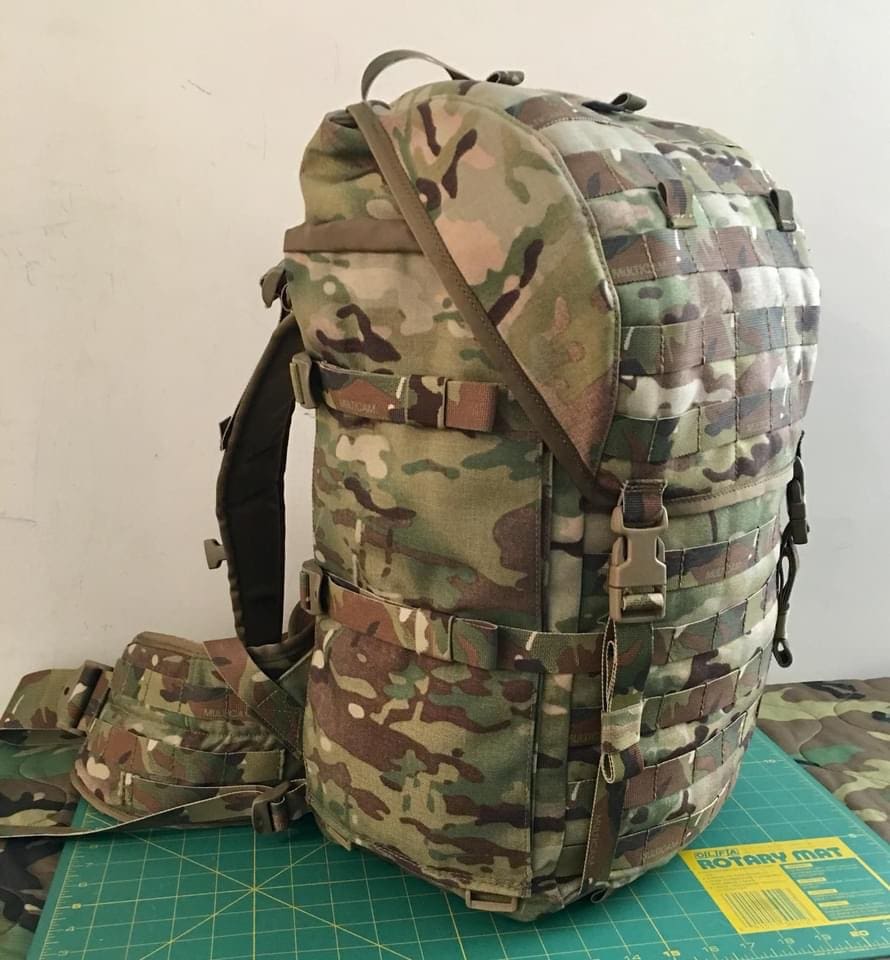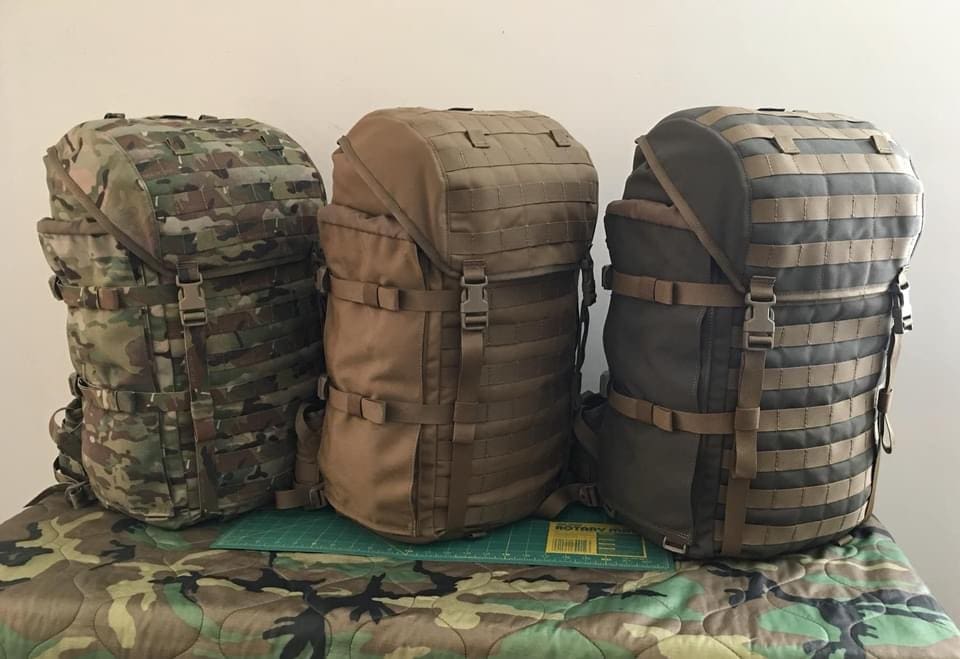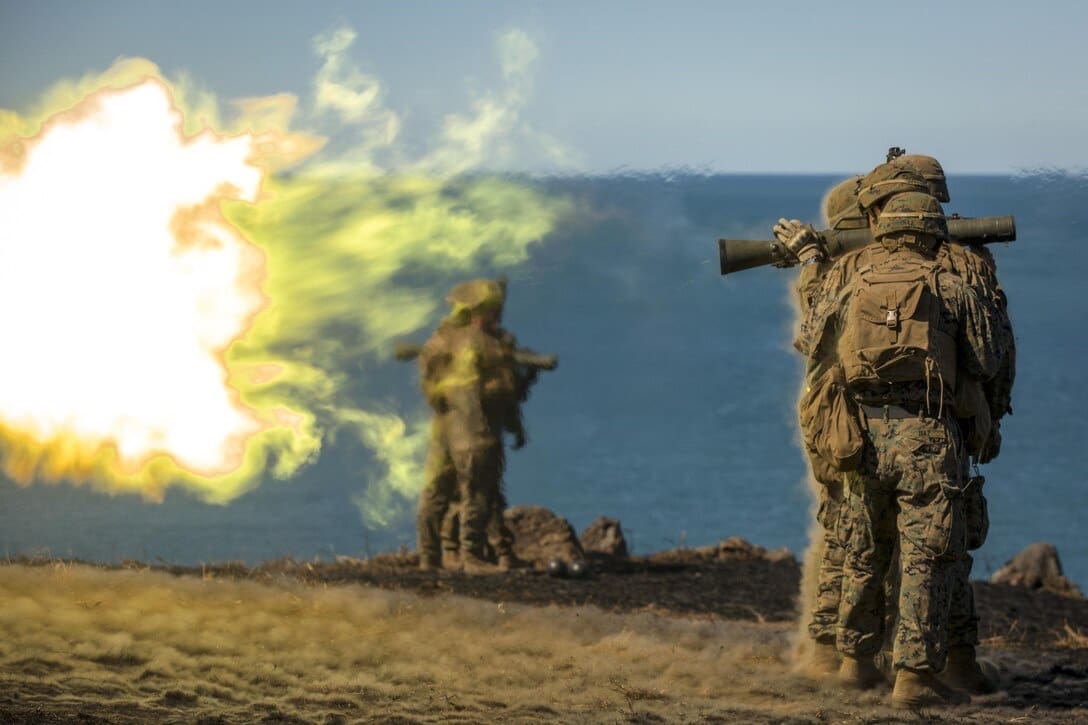
Photo Credit: Department of Defense. US Marines fire a Carl Gustaf weapon system on Townshend Island at the Shoalwater Bay training area in Australia, July 21, 2017, during Talisman Saber 17.
Next year, the United States Marine Corps will begin fielding the 84mm MAAWS, a recoilless rifle weapons system to every squad in the corps. While the original version of the launcher was introduced in 1946, the ammunition has evolved significantly. The newest round, developed by Raytheon, is a precision-laser guided projectile with a multi-target warhead, capable of defeating bunkers, concrete, light-skinned vehicles and armored personnel carriers. Additionally, it has a range of nearly 2,000 meters and can be fired from inside an enclosed room.
FirstSpear is proud to announce it has received a contract to produce up to 10,200 of the company’s 84mm MAAWS Ammunition Pouch, to help Marines carry munitions under a balanced load in combat situations and quickly deploy them as needed. Awarded on September 25, 2020, the company is already ramping up production and will manufacture all pockets in the U.S. with Berry Compliant materials.
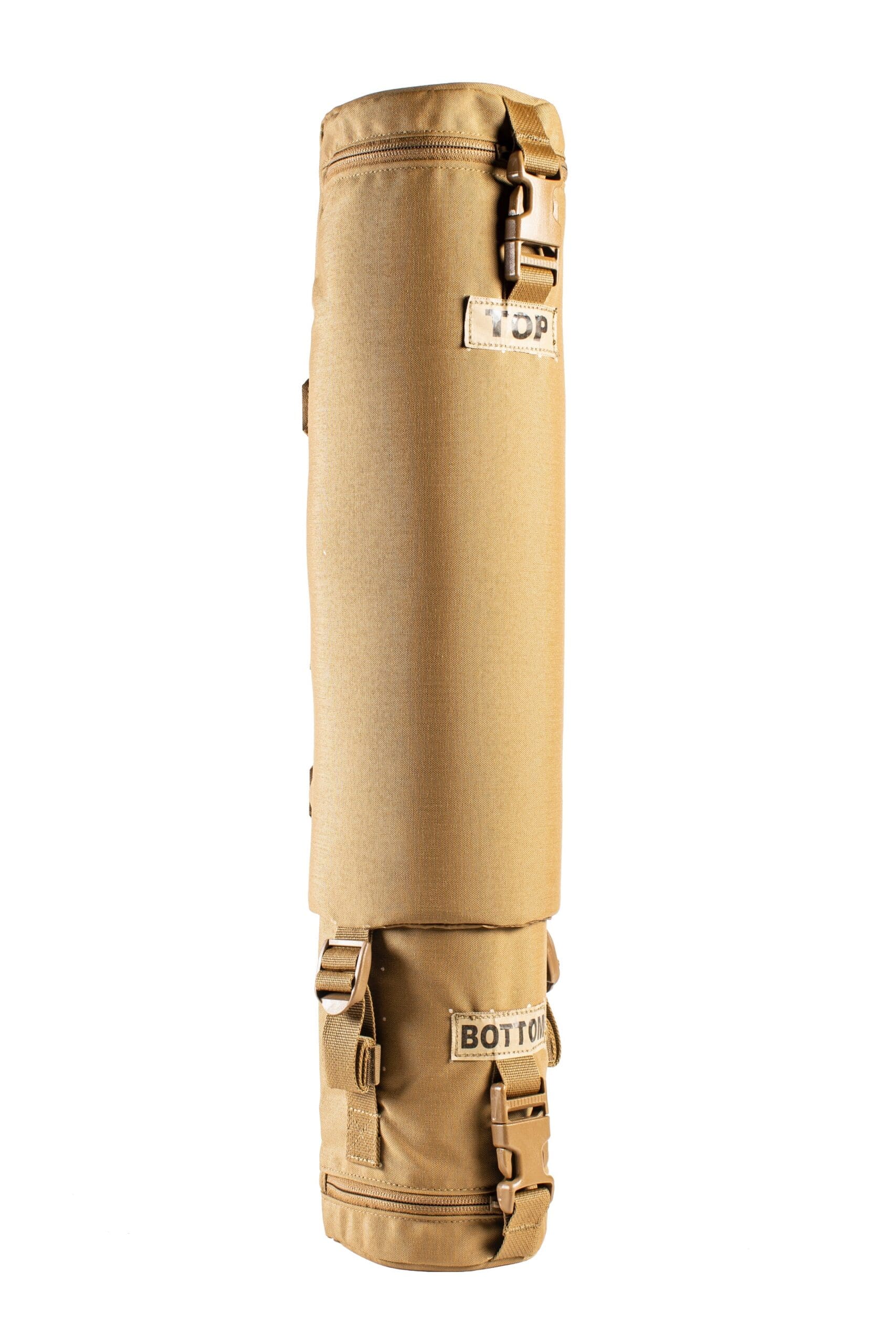
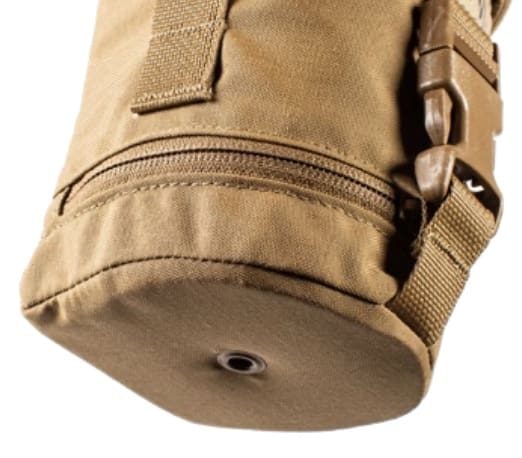
FirstSpear designed the pouch to be adjustable in length from 18 to 38 inches to accommodate a variety of projectiles, to meet current infrared requirements, and be compatible with current Marine Corps load bearing equipment. Zippered across both ends for ease of loading, the closed pocket design limits sand and debris exposure. It features an internal pocket primer protector and it comes equipped with an adjustable sling and tube straps for use with a hard case. Like all FirstSpear products, the 84mm MAAW Ammunition Pouch was designed to be durable, lightweight and highly functional.
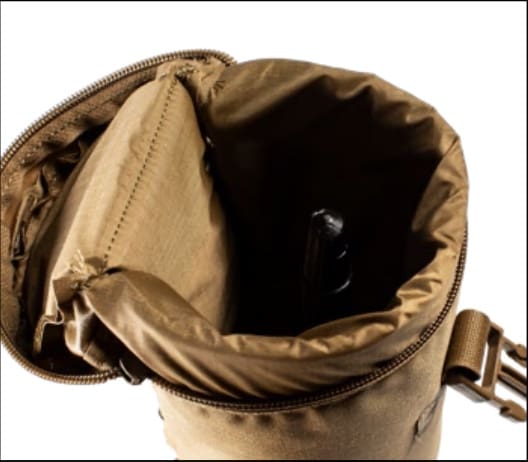
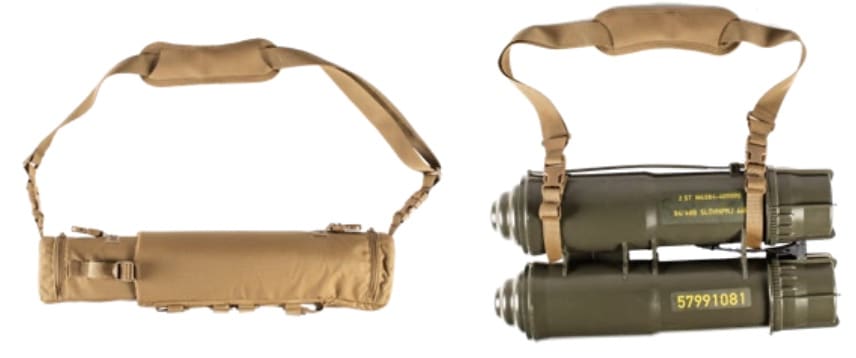
For more information, check out First-Spear.com. To discover more about FirstSpear’s technology, check out First-Spear.tech.



